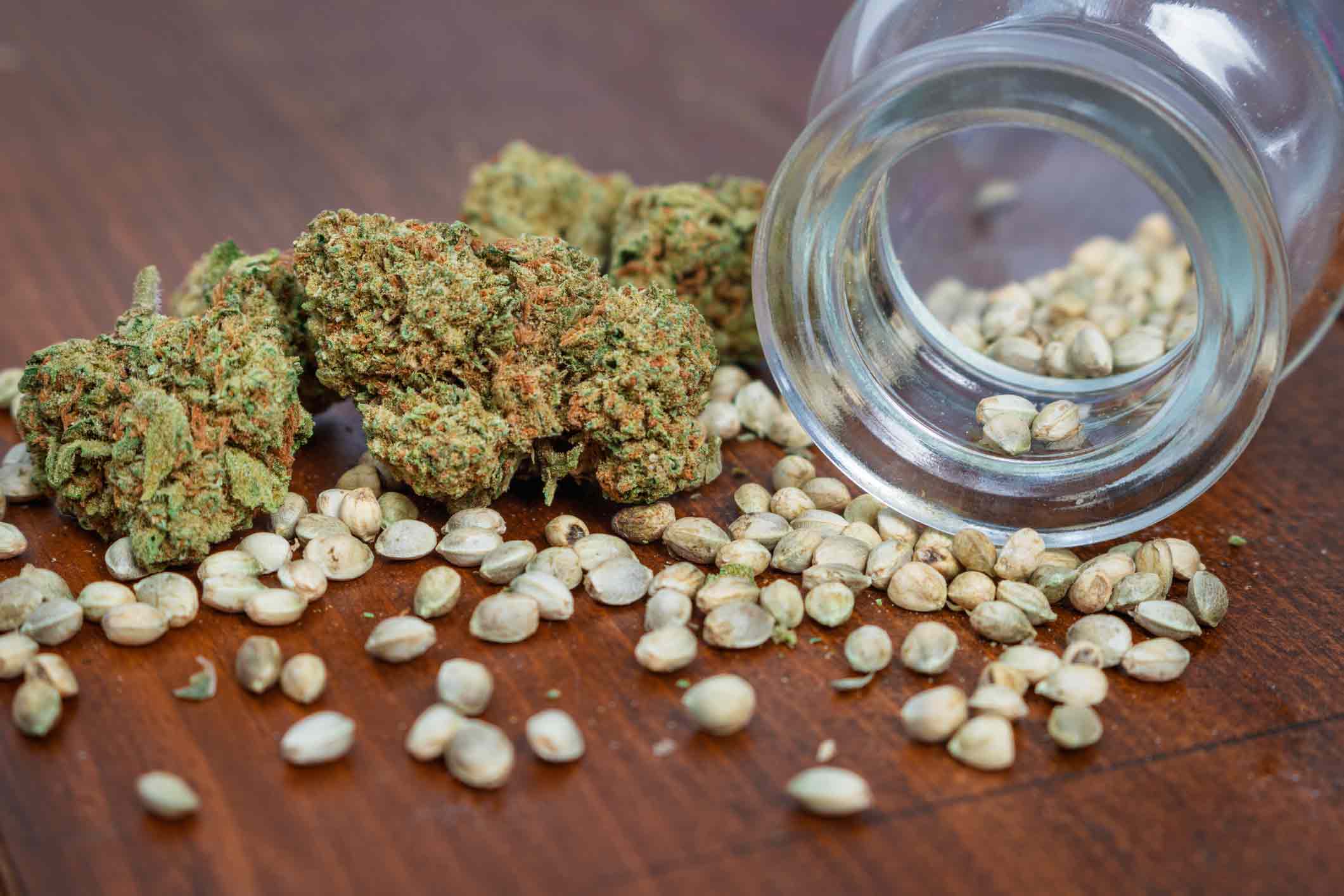In recent years, autoflowering cannabis seeds have become increasingly popular among growers and enthusiasts. Thanks to their ability to flower automatically without depending on the light cycle, they offer numerous advantages but also have some disadvantages. Let’s analyze the main pros and cons of autoflowering seeds.
Pros of Autoflowering Seeds
- Fast Growth Cycle: Autoflowering plants grow and flower in a shorter time than photoperiod strains, often completing their cycle in 8-12 weeks.
- Ease of Cultivation: Being independent of the photoperiod, they are ideal for beginner growers and those who want a less complicated growth.
- Small Size: Autoflowering plants tend to be more compact, which makes them perfect for growing indoors or in limited spaces.
- Resistance to Environmental Conditions: These plants are more resistant to climate changes, diseases and pests, thanks to their genetics derived from Cannabis Ruderalis.
- Multiple Harvest Possibilities: Given their speed of growth, it is possible to obtain multiple harvests in the same year, maximizing production.
Cons of Autoflowering Seeds
- Lower Yield: Due to their smaller size, autoflowers generally produce fewer flowers than photoperiod strains.
- Less Control Over Growth: You cannot extend the vegetative phase to increase yield, as the plants flower automatically.
- Lower Potency: Some autoflowering strains may contain slightly less THC than their photoperiod counterparts.
- Higher Seed Costs: Autoflowering seeds tend to be more expensive than traditional strains.
- Difficulty Cloning: Due to their accelerated life cycle, cloning autoflowering plants is ineffective, forcing growers to purchase new seeds for each harvest
Conclusion
Autoflowering seeds are a great choice for those looking for a quick, easy, and space-saving grow. However, those looking to maximize yield and have more control over growth may prefer photoperiod strains. The choice depends on the grower’s personal needs and experience.



